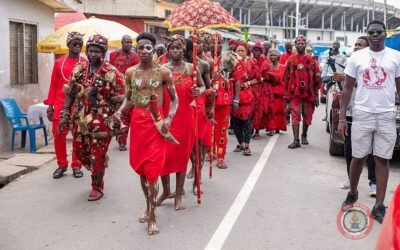Regenerative tourism as a driver of change
Regenerative development stems from the frustration caused by the fact that the movement for a more sustainable future is not working, since the expected results have not been achieved.
Sustainability aims to “sustain”, that is, to keep things as they are, or not allow them to get any worse for future generations. However, human activity is putting such pressure on the earth’s natural functions that the ability of the ecosystems to support future generations is no longer possible.
While it is true that the concept of sustainability has evolved over the years, this paradigm continues to put humans outside or even in opposition to nature, with a reductionist approach that tries to solve problems within the same framework from which they were created.
Sustainability has focused on minimizing damage and making a more efficient use of resources, but while this slows down degradation, it is not a change of course.
It is imperative to take a different approach to this matter, one that brings a change in values.
Regenerative design and development
Regenerative design and development is not a new trend. Already in the 1990s, the British urban planner Ebenzer Howard, later Lewis Mumford and followed by Patrick Geddes, expressed their understanding of cities as living organisms. While landscape architect John Tillman Lyle, during the same period, also spoke of regenerative design as a dynamic process of participation, feedback and constant change over time that does not apply to isolated projects, but to entire destinations and landscapes, admitting that regenerative design reconnects environmentalism with a socio-political dimension.
“Regenerative tourism does not reject, but embraces sustainable tourism and improves it from the core, from a total change of values”.
Regenerative development offers a coherent approach to establish the co-evolution of man with the earth and to put sustainability within the conceptual framework of living and evolutionary systems. Rather than just reversing the degeneration of systems, this vision seeks to develop the very capacity of these systems, both social and natural, expressing their diverse, complex and creative potential.
Through this vision, humans can participate in ecosystems through development, creating optimal health for human communities (physically, psychologically, socially, culturally and economically speaking) and other living organisms and systems.
Expressed in simple terms, regenerative development is the expected result and regenerative design is the means to achieve it.

The dimensions of regenerative development
Regenerative development focuses on 3 relationships: me with self, me with the other and me with the earth, and focuses on wholeness thinking, a concept that starts from the essence that we are part of a whole. This is very important to understand and introject, to leave behind the old fragmented worldview.
A crucial point in regeneration is that it does not speak of an idealised goal, but rather recognizes the need for an evolution process, taking divergent and convergent paths in a creative and personalised way, always taking the place and its needs as a base.
In addition to economic, social and environmental factors, regenerative development introduces the cultural, political and spiritual aspect, always in an integral way. Planning is done from the place and the participation of all the stakeholders is essential, starting from identifying their vision and the community’s identity, in addition to analysing the place’s history and purpose, creating ethics of care and a connection with its spirit.
Regenerative tourism and the evolution of sustainable tourism
Regenerative tourism is not simply about compensating for the damage caused; nor is it just creating an experiential experience for the visitor. Regenerative tourism does not reject, but embraces sustainable tourism and improves it from the core, from a total change of values.
“Climate change and the global crisis are stating it very clearly . You have to go back to your roots and work with nature, reconnect and listen”.
Starting from this base and creating an integral and evolutionary planning (that constantly receives feedback), the final experience should be transformative for the visitor and must be created in such a way that a strict load capacity is established to ensure quality and limit impacts; create a connection between the traveller and the place so that they are immersed in its natural and cultural environment, generating as a result a profound change in the person.
This in-depth work applied on such an important sector as tourism, can make a very beneficial transformation for everyone, including visitors, host communities, entrepreneurs, companies and of course, the place. It is too late to reduce or maintain. Climate change and the global crisis are stating it very clearly. You have to go back to your roots and work with nature, reconnect and listen.
Credit: SONIA TERUEL
Regenerative Management Consultant & Co-Founder of The RegenLab for travel








0 Comments